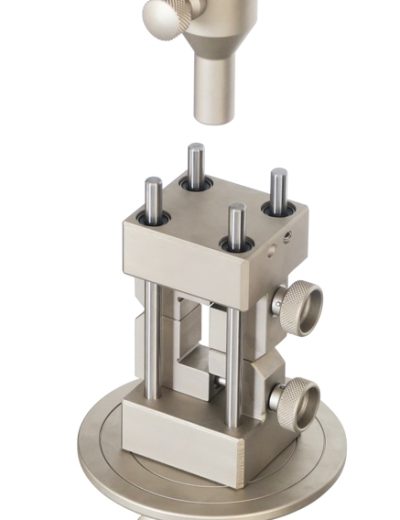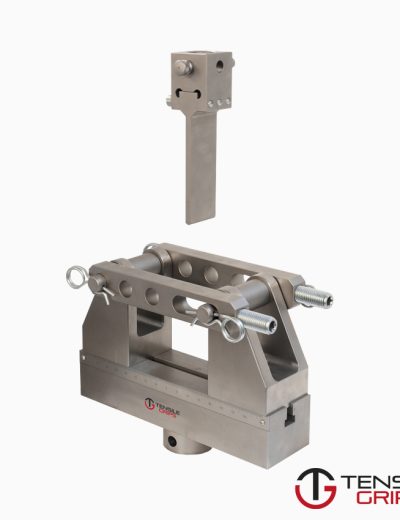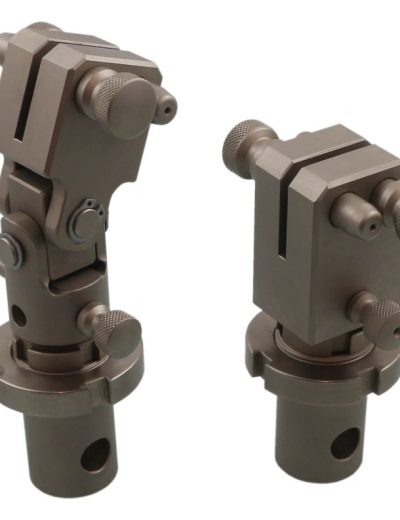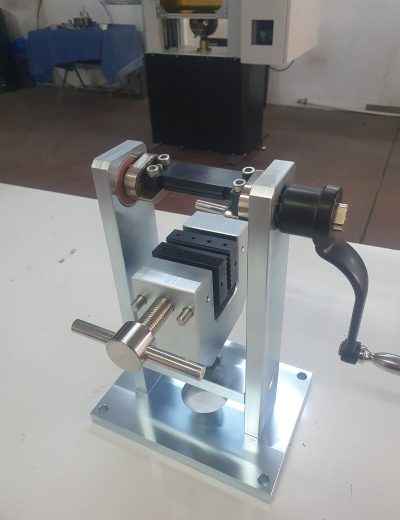ASTM D876 Test Fixture
ASTM D876 – This test method covers the testing of general-purpose (Grade A), low-temperature (Grade B), and high-temperature (Grade C)2 nonrigid vinyl
chloride polymer tubing
Please Contact With Us For More Information
ASTM D876 – Polymer Tube Tensile Test
ASTM D876 – This test method covers the testing of general-purpose (Grade A), low-temperature (Grade B), and high-temperature (Grade C)2 nonrigid vinyl
chloride polymer tubing, or its copolymers with other materials, for use as electrical insulation.
For the purpose of these test methods nonrigid tubing shall be tubing having an initial elongation in excess of 100 % at break.
NOTE 1: These test methods are similar but not identical to those in IEC 60684–2.
ASTM D876 – Process
ASTM D876 is extremely similar to ASTM D2671 for Heat-Shrinkable Tubing.
Both tests specify several types of tests for nonrigid PVC tube and pipes.
The tensile test references other standards such as D412 and requires the use of specific sample specimen dies.
Tubes can also be tested as long as their psi is below a certain threshold. Another test under D876, the heat-shrink test, uses a special type of mandrel which is
inserted into the end of the pipe to maintain its inner diameter (ID).
The third test of note is a peel test, wherein an adhesive tape or adhesive layer of tubing is peeled away from the core tube utlizing a special fixture.
ASTM D876 – Geometry
The ID and OD are the two most critical factors. By subtracting OD minus ID, a cross sectional area can be calculated. The ID value is important in order to specify the
size of the mandrel.
The peel test fixture is a different apparatus. The tube is held perpendicular in the machine by a specialized fixture.
*** Before conducting ASTM D876 , it is important to read the entire specification. Standards can be obtained from appropriate standard authorities.







